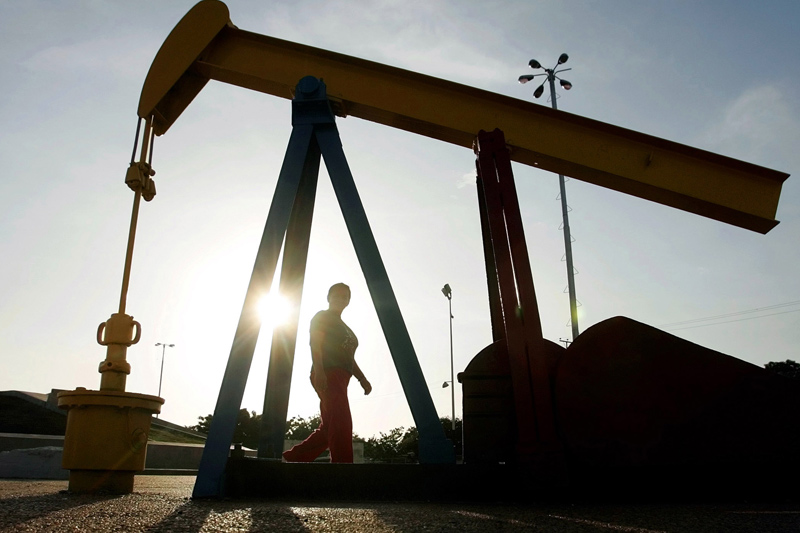Investing.com - Oil prices dipped Tuesday ahead of an anticipated weekly gain in U.S. stockpiles. But persistent fears over impending Iranian sanctions kept prices not far from near-four-year peaks hit in the previous session.
Analysts think U.S. crude inventories may have risen by 1.985 million barrels during the week ended Sept. 28, snapping declines in two prior weeks. The American Petroleum Institute will release a snapshot of what the numbers could be in a report due at 4:30 PM ET (20:30 GMT), ahead of official inventory data to be released by the U.S. Energy Information Administration on Wednesday.
“Refinery maintenance is expected to continue to increase in next few weeks, pushing more barrels into the Cushing hub” that receives U.S. crude stocks, PIRA Energy, the oil research arm of S&P Global Platts, said in a report.
After a 3% gain on Monday, oil prices began Tuesday’s session with follow-through momentum that saw U.S. West Texas Intermediate (WTI) crude hitting July highs. Concerns that U.S. crude stockpiles may have risen last week for the first time in three weeks, however, pushed the market down later, before a rally in U.S. equities helped trim losses.
New York-traded WTI for November delivery settled down 7 cents, or 0.01%, at $75.23 per barrel after earlier hitting a high of $75.91, a peak not seen since November 2014.
London traded Brent crude was down 38 cents, or 0.45%, at $84.60 a barrel by 2:47 PM ET (18:47 GMT). On Monday, it hit highs of $85.45, which was also a peak since November 2014.
Iran, the world’s fourth-largest oil producer and the third-largest exporter in the Organization of the Petroleum Exporting Countries (OPEC), faces U.S. export sanctions from Nov. 4 over its nuclear program. Under the restrictions, the Islamic state could lose up to 1.5 million barrels per day in oil shipments from a peak production of 2.7 million bpd in May, some analysts say.
The sanctions mantra, aided by OPEC assertions that it would not be able to make up the lost Iranian supply, has boosted oil prices by more 20% on the year and limited the downside in any selloff.
A Reuters survey of OPEC production found Iranian output in September fell by 100,000 bpd, while production from the group as a whole rose by 90,000 bpd compared with August.
Many analysts now think $100 a barrel might be possible for Brent by year end or by early 2019.
In other energy trading, gasoline RBOB futures dipped by 0.4% to $2.1228 a gallon, while heating oil declined by 0.25% to $2.4019 a gallon. Natural gas futures rose by 2.5% to $3.171 per million British thermal units.
